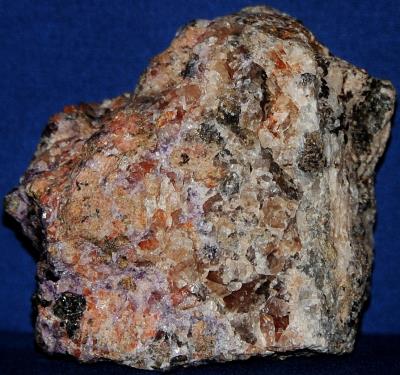 | |  |
Fluorite (clear, orange and purple), calcite and garnet from Franklin, NJ. From the collection of, and photo by Robert A. Boymistruk.
| | Fluorite, calcite and garnet from Franklin, NJ under longwave UV light. The fluorite fluoresces blue and lavender, calcite red-orange, the garnet is non-fluorescent. From the collection of, and photo by Robert A. Boymistruk. |
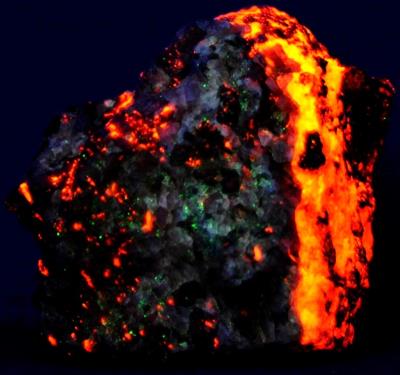 |
Fluorite, calcite and garnet from Franklin, NJ under shortwave UV light. The fluorite fluoresces gray-blue and lavender, calcite orange-red and the garnet is non-fluorescent. From the collection of, and photo by Robert A. Boymistruk.
|
|
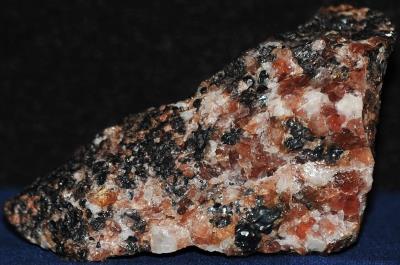 | | 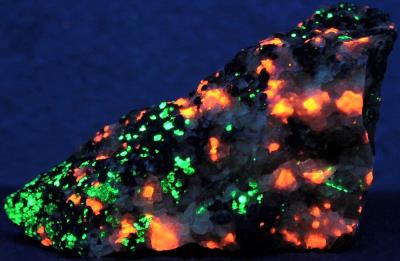 |
Fluorite (red-brown), calcite (white), willemite (white to pink) and franklinite (black) from the Parker Shaft, Franklin, NJ. From the collection of, and photo by Robert A. Boymistruk.
| | Fluorite, calcite, willemite and franklinite from the Parker Shaft, Franklin, NJ under shortwave UV light. The fluorite fluoresces gray, willemite green and the calcite red-orange, franklinite is non-fluorescent. From the collection of, and photo by Robert A. Boymistruk. |
|
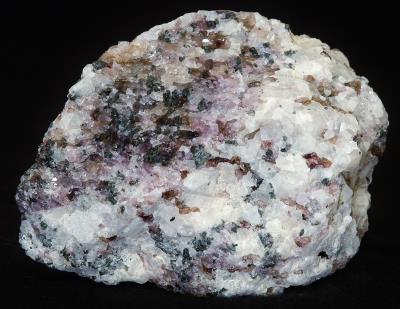 | |  |
Fluorite (light purple, light brown and clear), calcite (white) and franklinite (black) from Franklin, NJ. 2 3/4" x 2". From the collection of, and photo by Robert A. Boymistruk.
| | Fluorite, calcite and franklinite from Franklin, NJ under shortwave UV light. The fluorite fluoresces gray-blue to lavender, calcite orange-red, and the franklinite is non-fluorescent. 2 3/4" x 2". From the collection of, and photo by Robert A. Boymistruk. |
|
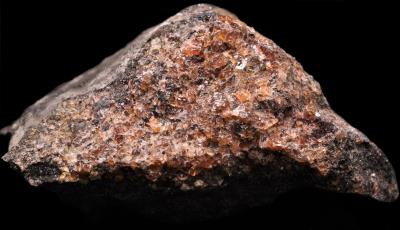 | | 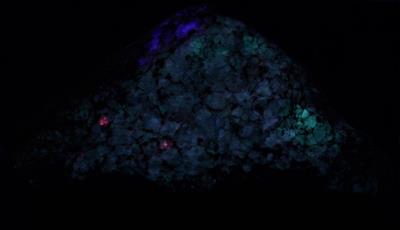 |
Fluorite (brown to sherry-red var. "chlorophane", clear), with minor calcite, willemite and franklinite (black) from the Buckwheat dump Franklin, NJ. 4 1/4" x 2 1/4". Photo by WP.
| | Fluorite "chlorophane", with minor franklinite, willemite and calcite, from the Buckwheat dump Franklin, NJ under longwave UV light. The chlorophane variety fluoresces weak blue, teal and the clear portions of the fluorite blue-violet, the calcite, willemite and franklinite are non-fluorescent. 4 1/4" x 2 1/4". Photo by WP. |
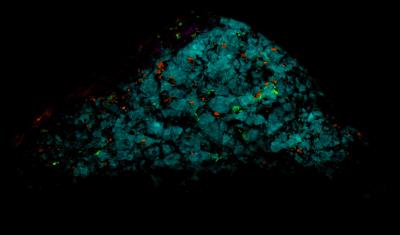 |
Fluorite "chlorophane", with minor franklinite, willemite and calcite, from the Buckwheat dump Franklin, NJ under shortwave UV light. The chlorophane variety fluoresces teal, calcite orange and willemite green, the clear portions of the fluorite and franklinite are non-fluorescent. 4 1/4" x 2 1/4". Photo by WP.
|
|
